Conner Peripherals had a consistent drive design, which would later become infamous in computing history. This drive is one such example, the lowly CFA340A. In Conner’s conquest of cost-cutting drive production and flooding the market with affordable drives, many models share this identical design, with only density and platter count differences.
While these drives were certainly an effort to avoid spending as much as possible, they’re truly rock solid, even almost 30 years later.
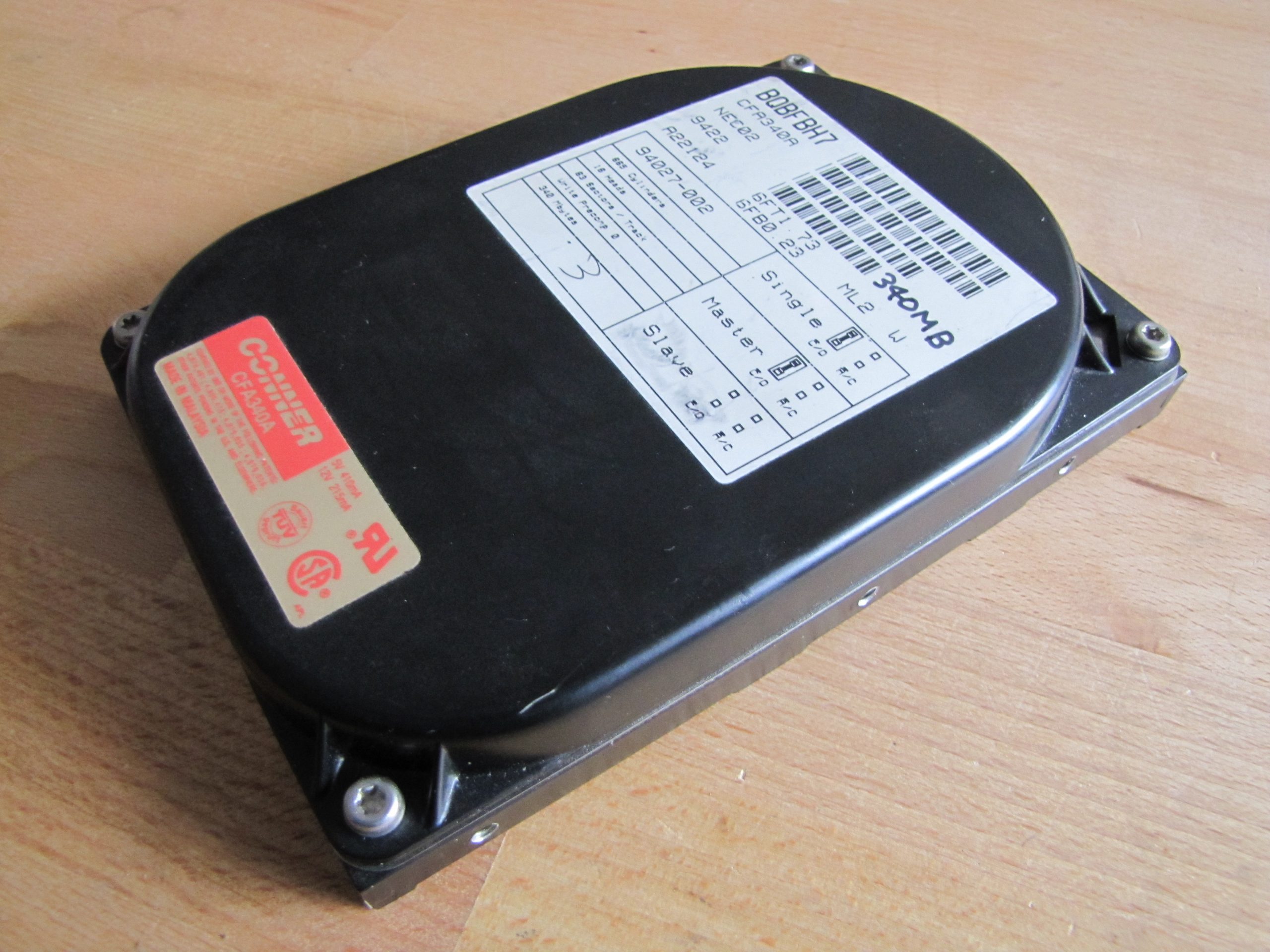
Drive Attributes ------------------------------------- Conner Peripherals CFA340A ------------------------------------- Capacity 340MB Mfc Date 1994 (week 22) Format 3.5" Interface PATA Platters 2 Heads 4 RPM 4011 CHS 665/16/63 -------------------------------------
Conner’s simplstic design strategy, mounting components to a plate with a cap on top, was ingenious and certainly saved them quite the bit of cash in the long run. It’s quite impressive as to how long Conner kept this design around considering how many revisions other manufacturers went through at the same time, but comparing this to modern drives it doesn’t seem too unusual anymore.
Conner, much like Western Digital, used different coloured labels depending on the drive capacity and model. This one is a personal favourite of mine, as I think the gold and red combination looks quite tasteful on a drive such as this.
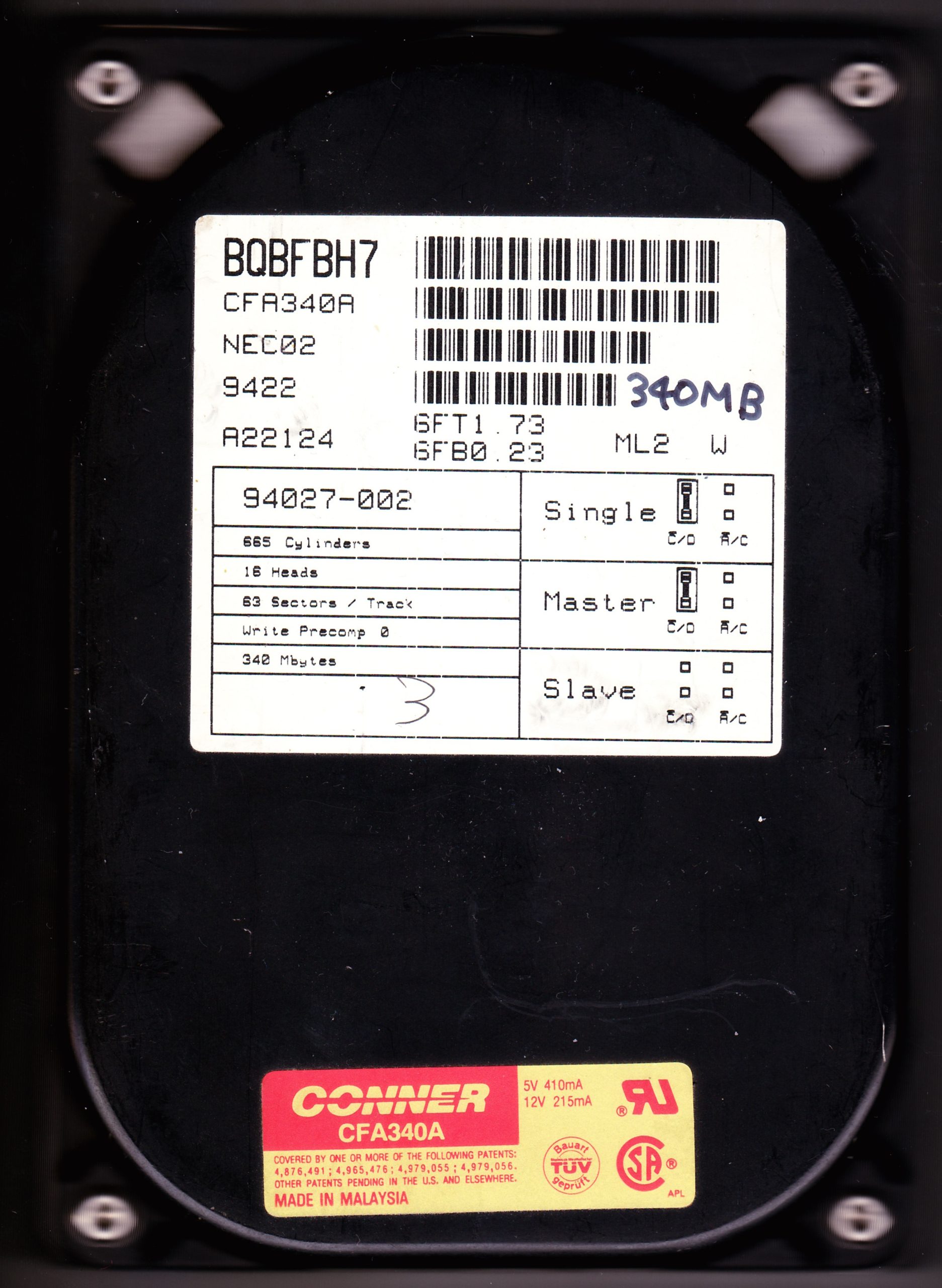
While the design of these drives was consistent, the jumper settings were quite the opposite. Fortunately, this drive dictates its options very clearly.
A past owner of this drive wrote the capacity on the label itself, even though the drive fortunately also mentions this under the CHS parameters. I suppose it made it clear for their use case. It’s still a common thing to do, if it’s not immediately clear.
This drive was manufactured on the 22nd week of 1994, as demonstrated with the very simple YYWW 9422 dictation on the label.
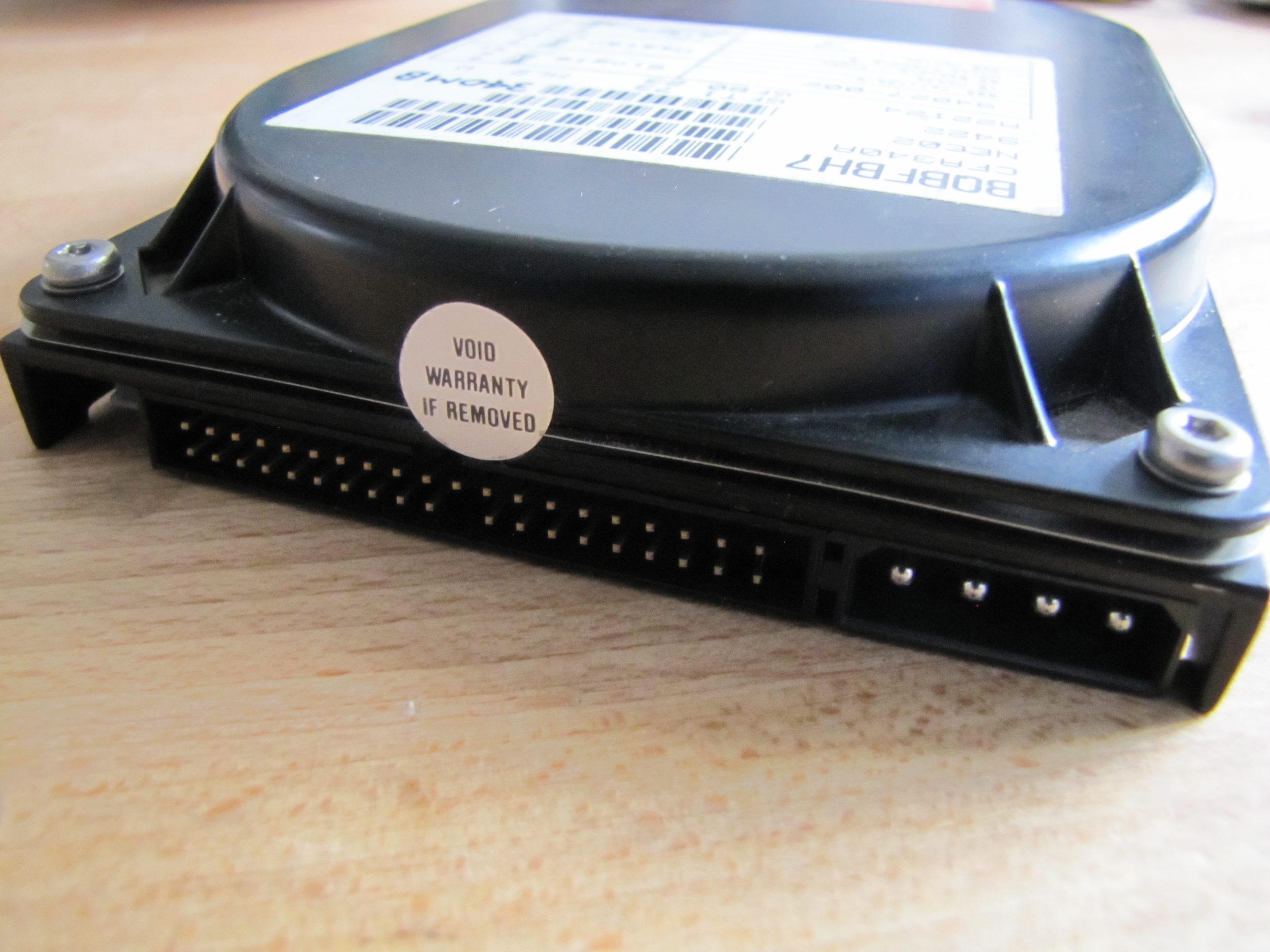
By this point, Conner had integrated the standard PATA connection housing, unlike on the CP30104H previously demonstrated. It’s definitely an improvement! Aside from this, the layout of the connections on this style of drive remained unchanged. Once again, there’s a mini-power connector hidden to the left of the PATA connector.
+-------+
| 1 2 3 |
+-+-+-+-+
| | +------------- Ground
| +--------------- +12V
+----------------- + 5V
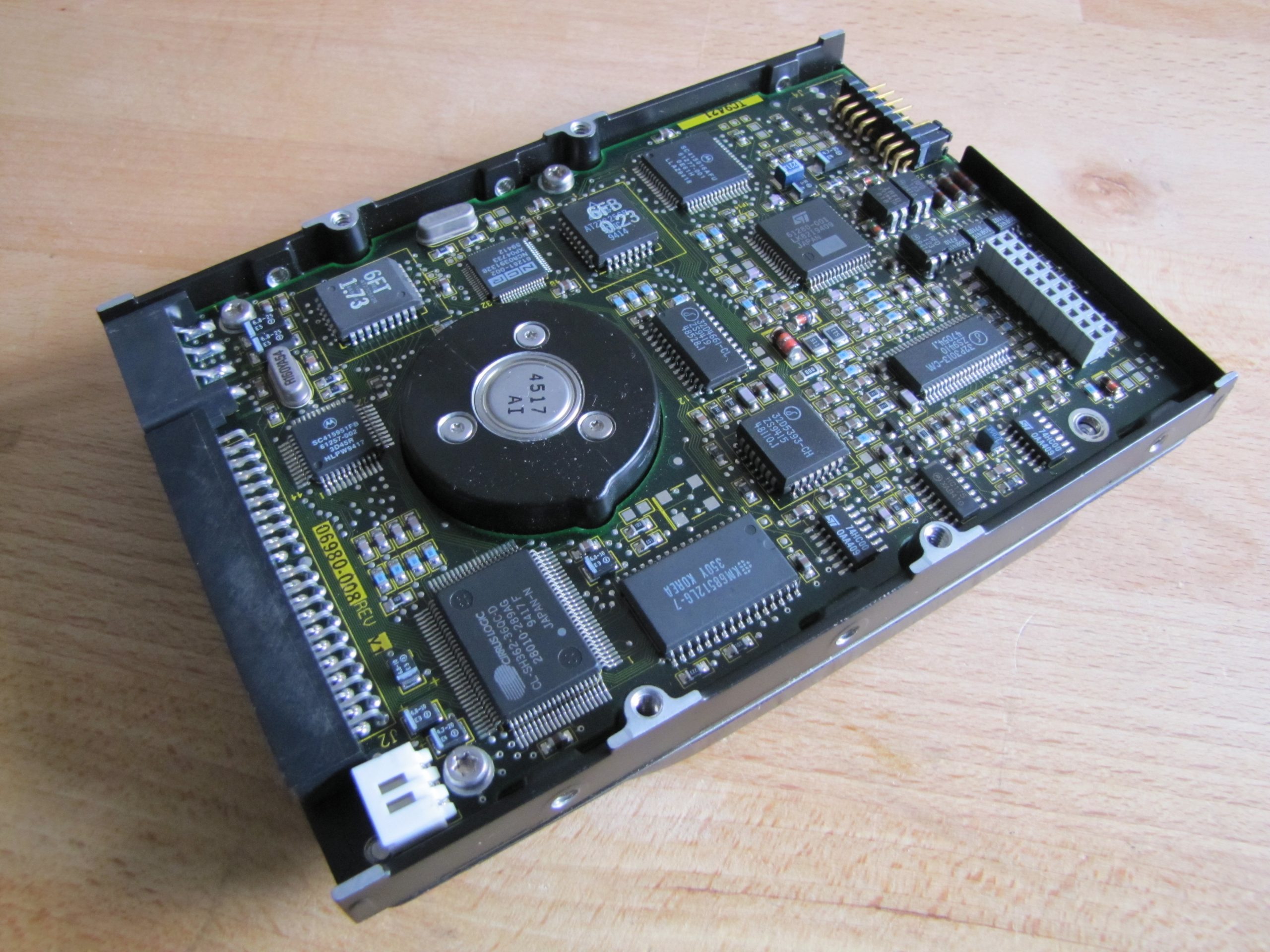
The main change made to Conner PCB’s was the jumper header position, changing from a tiny block on the board to a nice standard pin array on the backside of the drive. Most changes made to Conner PCB’s involved moving IC’s around as technology advanced rapidly during the early-mid 90’s.
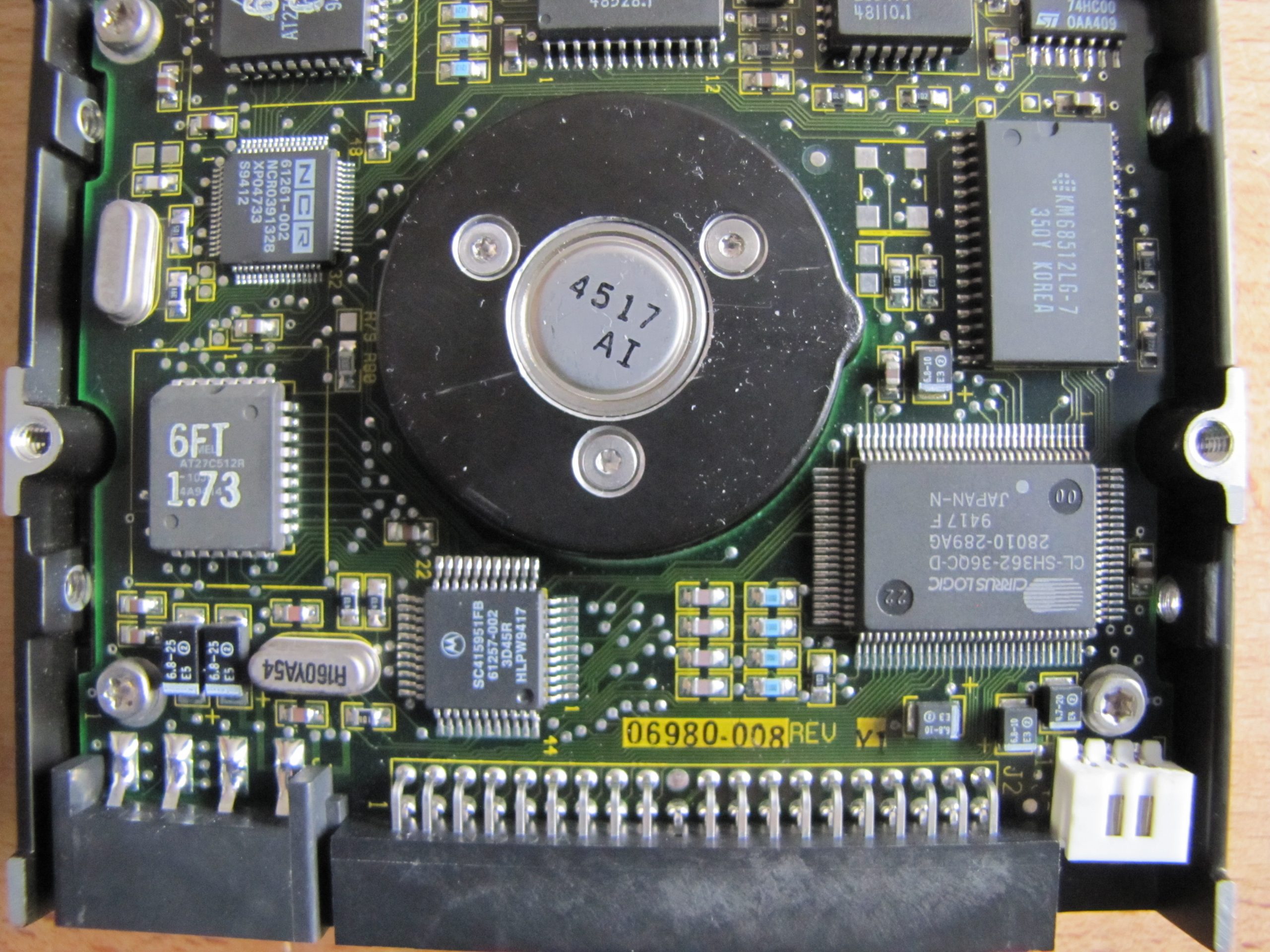
Nothing fancy here, moving on!
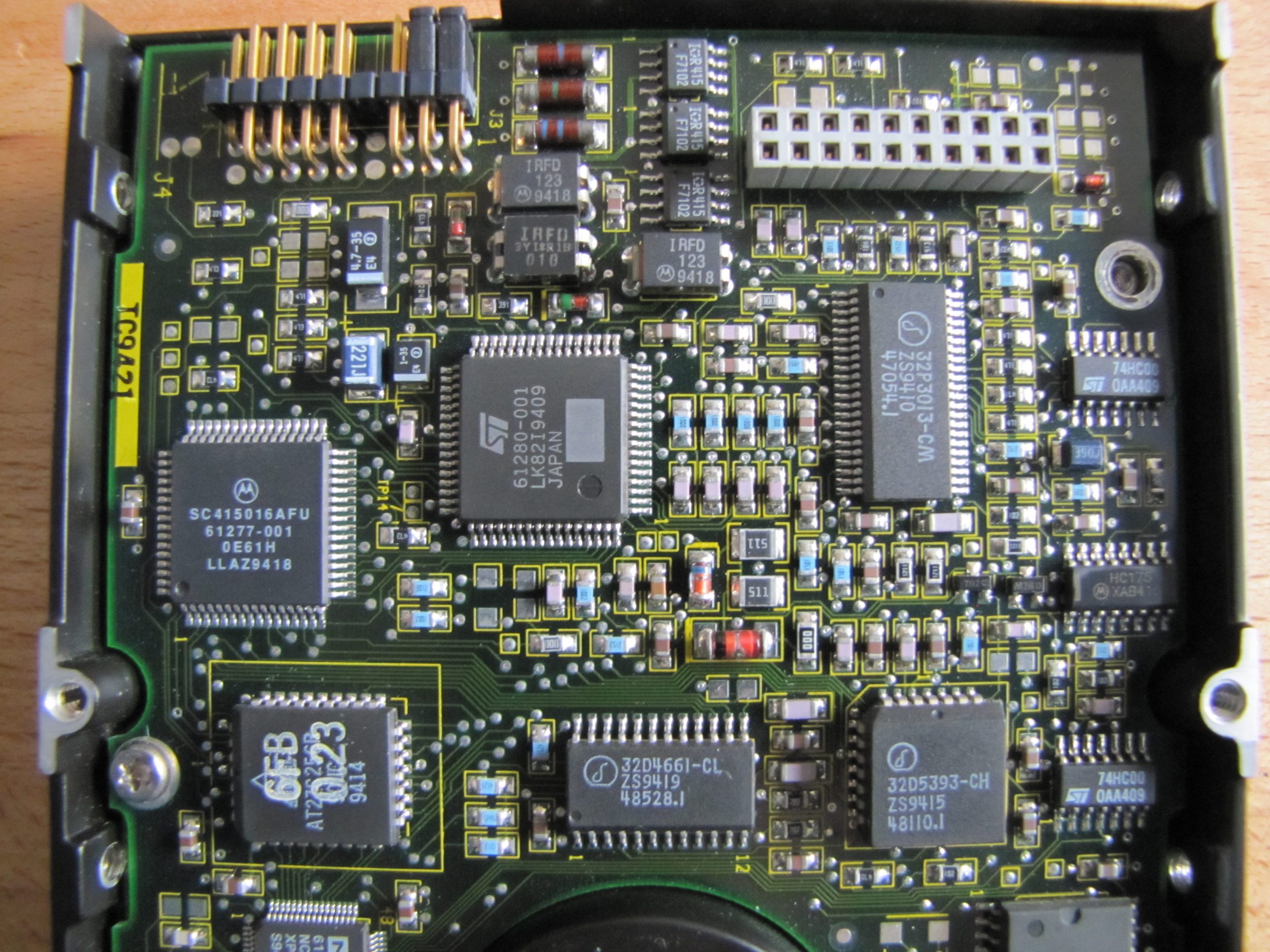

This particular drive is in perfect health, which, alongside my other drives from Conner, cement Conner’s phenomenal reliability almost 3 decades later.
Time will tell if these continue to prove as reliable as they have been, but it’s clear that they aren’t very fast drives, particularly compared to the competition.
If you missed the video I made on this drive, you can find it here: